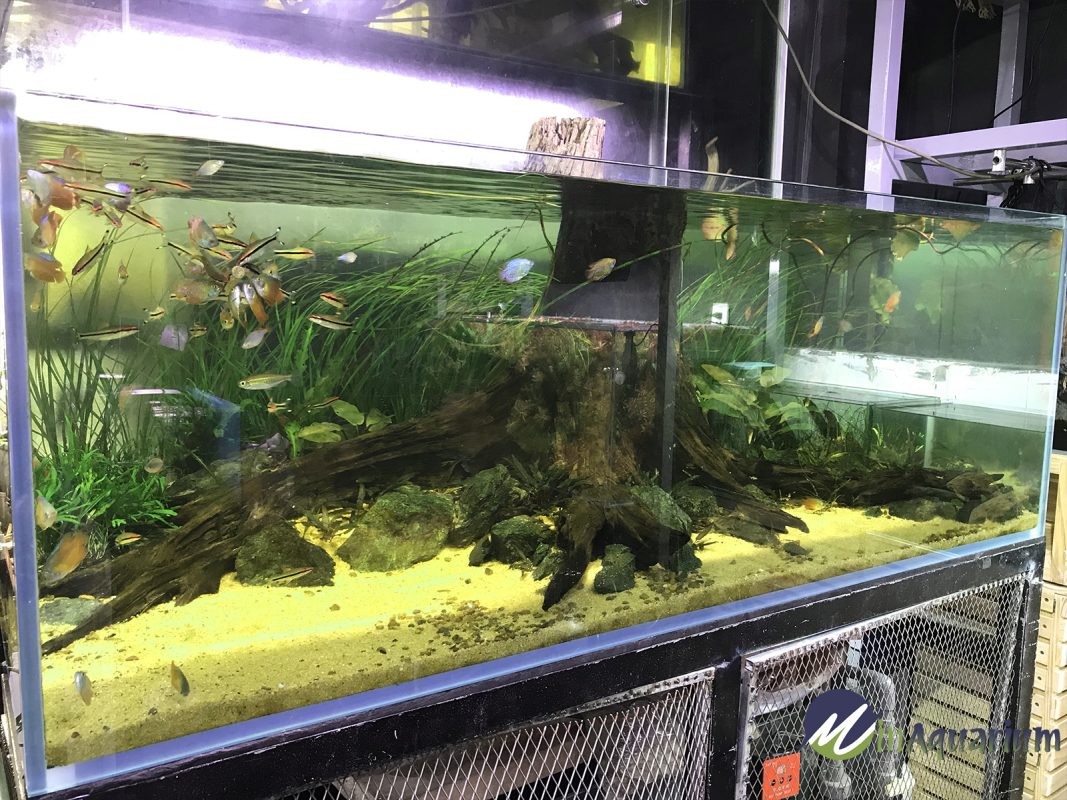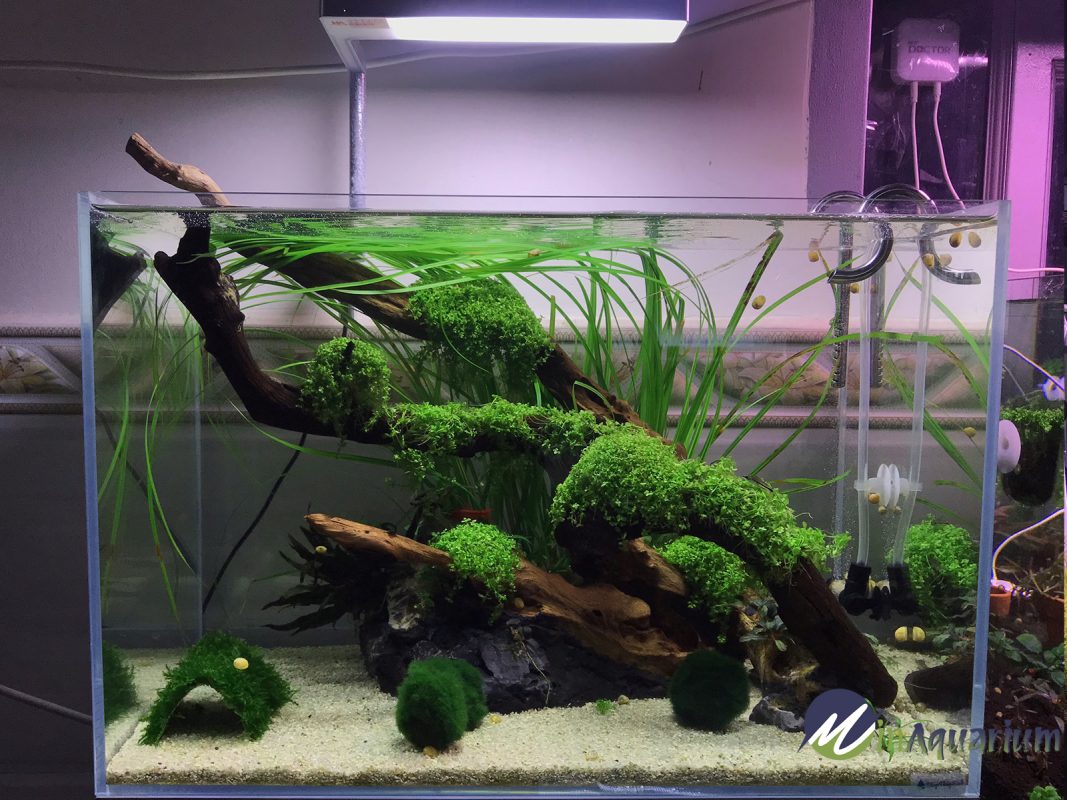Blogs
How Long Should Aquarium Lights Be On? A Comprehensive Guide to Optimal Aquarium Lighting
Maintaining a thriving aquarium environment involves striking a delicate balance between various factors, including water quality, filtration, temperature, and, crucially, lighting. Understanding how long to keep aquarium lights on is essential for promoting the health and well-being of your aquatic inhabitants. This guide delves into the intricacies of aquarium lighting, exploring the recommended durations for different types of tanks and organisms, the impact of light on aquatic life, and practical tips for establishing an optimal lighting schedule.
Understanding the Role of Aquarium Lighting
Promoting Photosynthesis and Plant Growth
Live plants in aquariums rely on light for photosynthesis, a vital process that produces oxygen and nutrients essential for their survival and growth. Adequate lighting duration ensures that plants receive sufficient energy to thrive, preventing stunted growth and nutrient deficiencies.
Enhancing Fish Behavior and Activity
Light plays a crucial role in regulating the circadian rhythms of fish, influencing their sleep-wake cycles, feeding patterns, and overall activity levels. Appropriate lighting schedules mimic natural day-night cycles, promoting healthy behaviors and reducing stress in fish.
Inhibiting Algae Growth
Excessive algae growth can be a nuisance in aquariums, competing with plants for nutrients and creating unsightly conditions. By controlling the duration and intensity of lighting, aquarium keepers can prevent excessive algae blooms.
Contributing to the Aesthetic Appeal
Aquarium lighting not only serves practical purposes but also enhances the visual appeal of aquascapes. Properly chosen and positioned lighting can highlight the vibrant colors of fish, plants, and other decorations, creating an aesthetically pleasing underwater world.
Factors Influencing Lighting Duration
Type of Aquarium
The type of aquarium, whether it houses fish only, live plants, or corals, significantly influences the recommended lighting duration. Fish-only tanks typically require less light than those with plants or corals.
Presence of Live Plants
Live plants thrive under specific light intensities and durations. Researching the specific light requirements of your chosen plants is crucial for establishing an optimal lighting schedule.
Presence of Corals
Corals, like plants, rely on light for photosynthesis. However, they often require more intense and specific lighting than freshwater plants. Aquarium keepers should carefully research the specific lighting needs of their coral species.
Natural Habitat of Organisms
The natural habitat of the organisms in the aquarium should be considered when determining lighting duration. Simulating the natural lighting patterns of their origin helps maintain their natural behaviors and well-being.
Light Intensity and Color Spectrum
The intensity and color spectrum of the aquarium lights play a crucial role in determining the appropriate duration. Brighter lights may require shorter durations, while weaker lights may necessitate longer durations to achieve the desired effect.

Recommended Lighting Durations
Fish-Only Aquariums
A lighting schedule of 6-8 hours per day is generally recommended for fish-only tanks. This duration provides sufficient light for fish activity without encouraging excessive algae growth.
Aquariums with Live Plants
Aquariums with live plants may require longer lighting durations, up to 12 hours per day. Creating a dawn/dusk effect by using dimmer or blue bulbs for 1-2 hours, followed by brighter bulbs for 6-8 hours, and then another period of dimmer or blue bulbs for 1-2 hours is beneficial for plant health.
Aquariums with Corals
Reef tanks often require even longer lighting durations, up to 12 hours per day, with a gradual fade in and out to simulate natural lighting patterns in the tropics. Researching the specific lighting needs of the coral species is essential.
Adjusting for LED Lights
Many modern LED lights come equipped with dimming capabilities. These allow for gradual light intensity changes, replicating natural dawn and dusk transitions and further enhancing the aesthetic appeal of the aquarium.
Importance of Monitoring Algae Growth
Monitoring the aquarium for excessive algae growth is crucial. If algae become problematic, reducing the lighting duration to around 8 hours per day may help control their proliferation.
Practical Tips for Aquarium Lighting
Using Light Timers
Light timers are invaluable tools for ensuring consistent and accurate lighting schedules. These devices automatically turn lights on and off at predetermined times, eliminating the need for manual adjustments.
Mimicking Natural Light Cycles
Creating dawn and dusk transitions using dimmer bulbs or different-colored lights enhances the natural environment for aquarium inhabitants and adds an aesthetic touch.
Providing Shaded Areas
Providing shaded areas within the aquarium allows fish and other organisms to retreat from excessive light if needed. Floating plants or rock formations can serve this purpose.
Considering Aesthetics and Viewing Habits
While maintaining appropriate lighting durations for your aquarium inhabitants is essential, don’t neglect the aesthetic appeal. Choose lights that enhance the beauty of your aquascape and adjust the duration to suit your viewing preferences.
Regularly Monitoring Light Intensity
Light intensity can decrease over time due to bulb aging or deposits on the bulb surface. Regularly checking and replacing lights as needed ensures that your aquarium receives optimal lighting levels.
FAQs
How many hours of light should I provide my aquarium?
The recommended lighting duration depends on the type of aquarium and its inhabitants. Generally, 6-8 hours for fish-only tanks, up to 12 hours for planted tanks, and even longer for reef tanks.
What type of lights are best for aquariums?
LED lights are becoming increasingly popular for aquariums due to their energy efficiency, long lifespan, and ability to provide a wide range of color spectrums.
How often should I change my aquarium bulbs?
The frequency of bulb changes depends on the type of bulb. Generally, fluorescent bulbs should be replaced every 6-12 months, while LED bulbs can last for several years.
How do I prevent algae growth in my aquarium?
Controlling lighting duration, maintaining regular water changes, and using algae-eating fish or invertebrates can help prevent excessive algae growth.
How can I create a natural-looking aquascape?
Using a variety of plants, rocks, and decorations to mimic a natural underwater environment can enhance the aesthetic appeal of your aquarium.
Conclusion
Optimizing aquarium lighting duration is crucial for maintaining a healthy and balanced aquatic environment. By understanding the factors influencing lighting needs, establishing appropriate schedules, and employing practical tips, aquarium keepers can promote the well-being of their fish, plants, and other organisms while creating an aesthetically pleasing underwater world.

